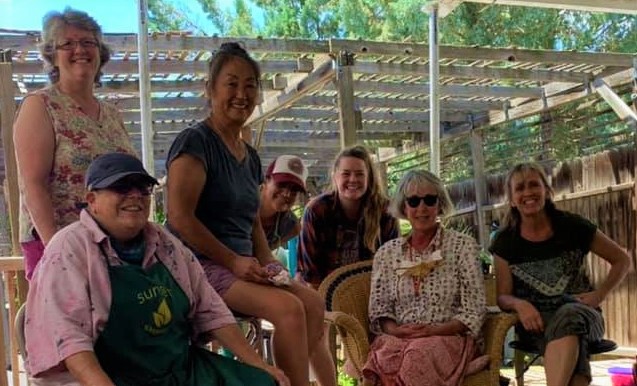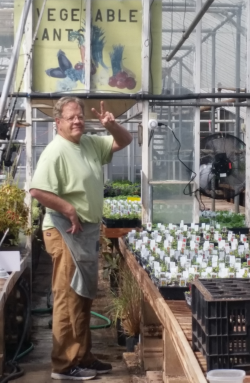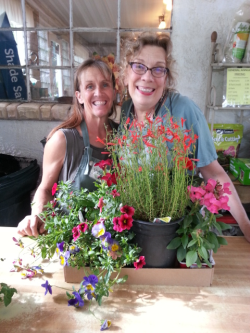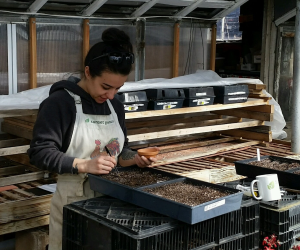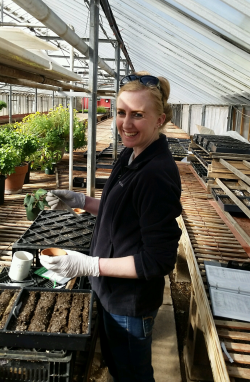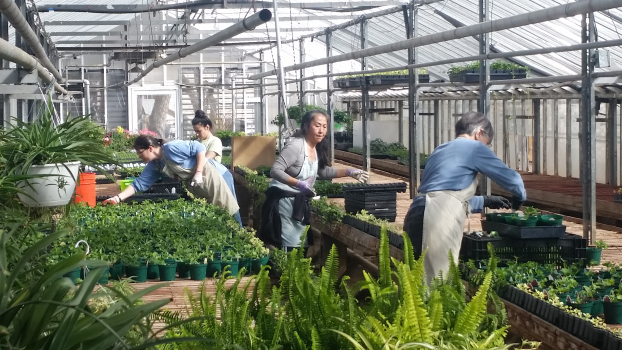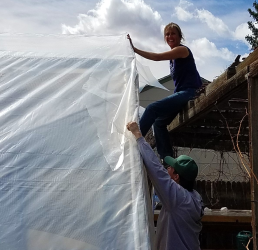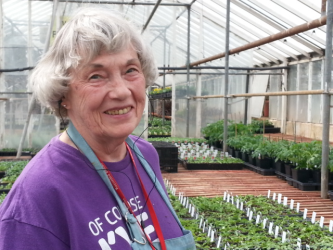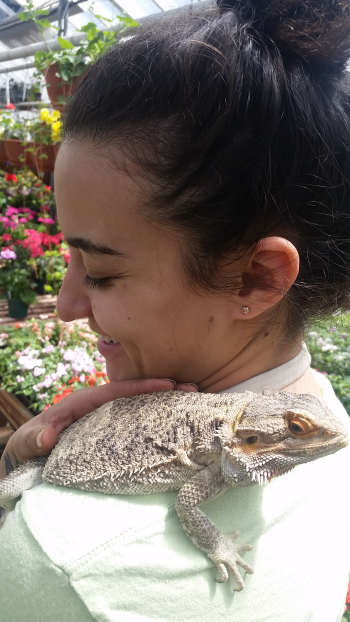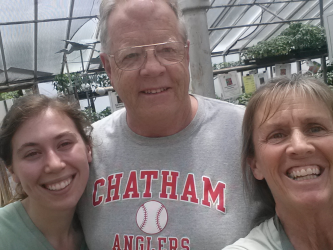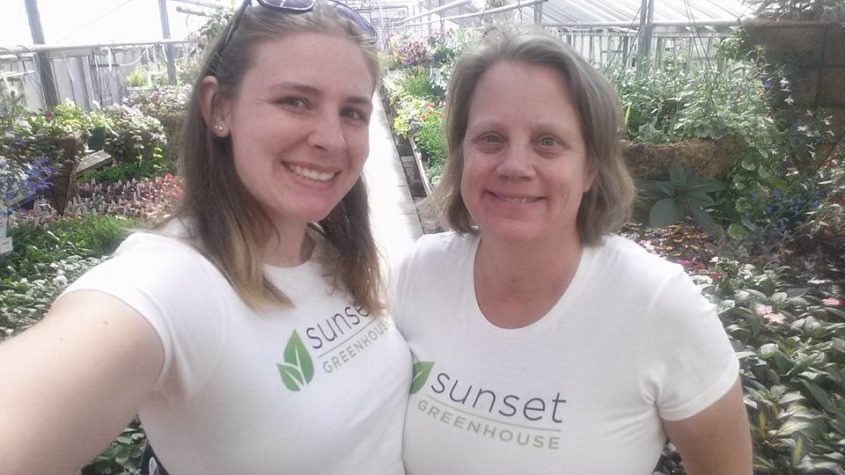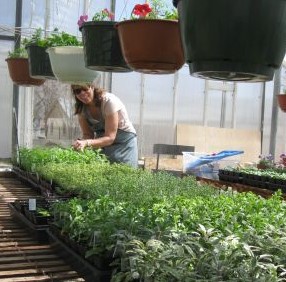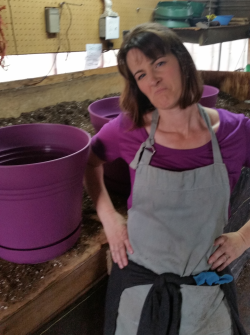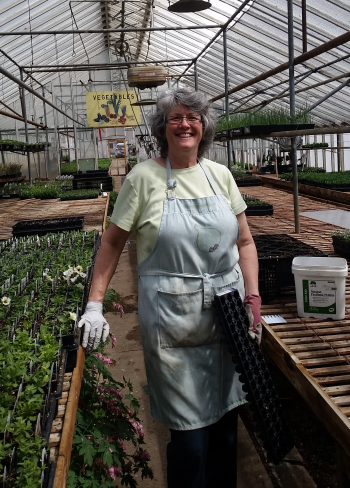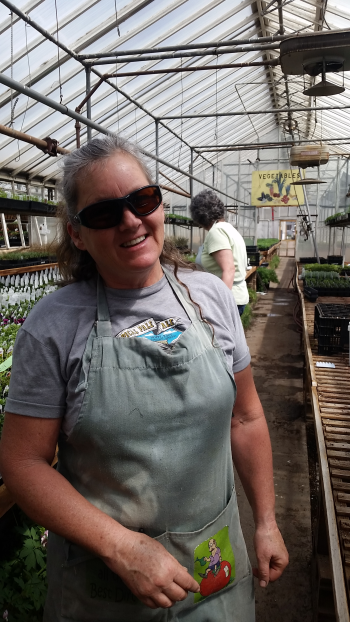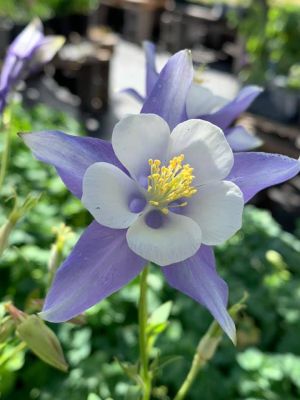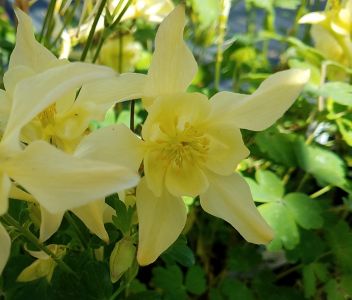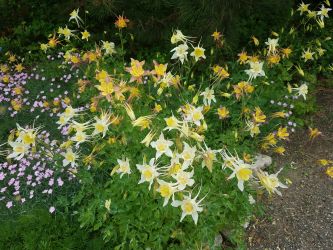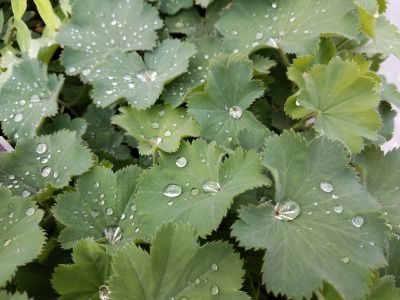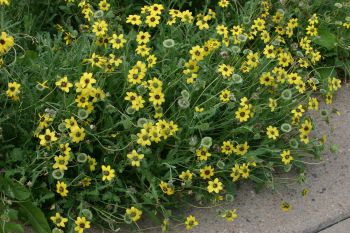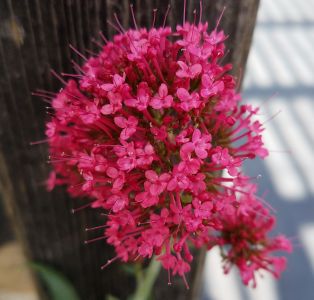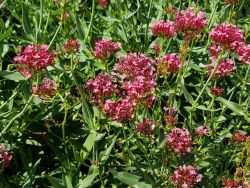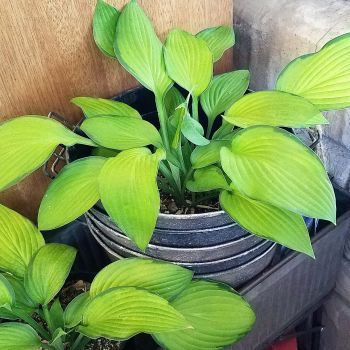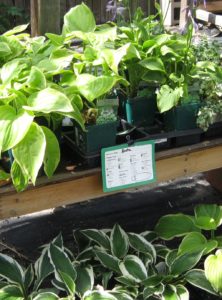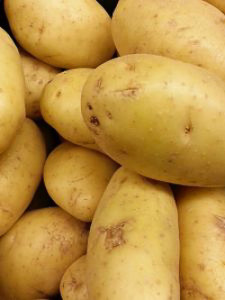The do-it-yourselfer had already invested time thinking about this season’s garden. Folks have been making adjustments from successes and failures, reviewing the course of action, perusing gardening catalogs and web sites for new ideas. The well rooted gardener always comes back to getting the plants started right! Seeds are cheapest, but cost in time and effort! Here are some quick tips to getting the little sprouts off to a good start.
Starting Seeds:
Moisture– Water as you introduce the seeds to soil, but do not keep soggy!
Lighting– Lamps and sunlight provide some heat, but UV’s aren’t needed for the seed to sprout.
Heat– 70-80*F for the 1st 5+ days, until 80% of the seed batch has germinated, then reduce temps.
Soil– Lightweight and well drained! Commercial peat base soils are good enough.
Seed depth– Seed size = seed depth. You should be able to see the seed(s) unless it’s a big seed!
Growing Sprouts
Moisture- Only a little water at first to keep it upright- too much easily rots the young plant.
Lighting– As much bright light as possible and for 10- 12 hours (supplement if needed); this helps keep it from stretching giving it a strong stem!
Heat-55-65*F Reducing the heat quickly after germination keeps the young plant stocky and strong.
The 1st sign of life when the seed coat cracks open and the initial root emerges is germination. Within a day or 2 the first set of leaves appear and now it’s a sprout!
Window ledges are great for young sprouts because of bright light and cooler temps. Too much water and too much heat results in a tall, limp seedling that dies quickly.
Timing– Calculate time from germination to setting the plants in the garden according to the seed packet. If the intention is to grow a larger plant indoors, ensure ample lighting (direct or supplemental) to prevent stretching! Season extenders* can be used to get cold tolerant plants in the ground up to 4 weeks ahead of schedule!
*Season extenders: Wall of Water, Frost Covers, Row Covers, Hoop Houses, Greenhouses, etc.
Setting Out The Plants
Outdoor elements like sun intensity, temperatures and wind take a little getting used to. Introduce the young plants on mild days, limiting yet increasing exposure to reduce stress. A few days and most adjust well before setting them in the ground. If you don’t have the luxury of time, cover the plants initially when they’re in the ground to reduce some of the shock with a lightweight fabric. If they can stand upright and rigid- they’re good to go!
